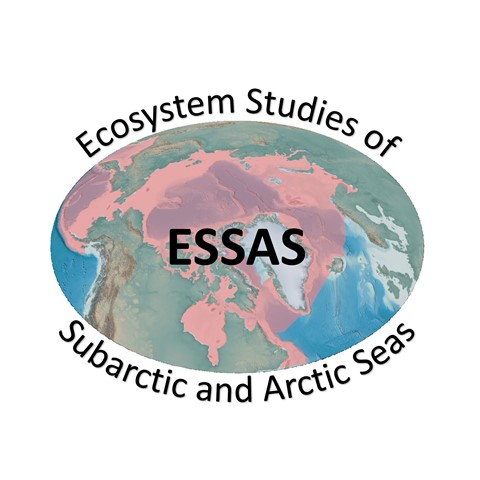.Following Dr. Hall’s presentation there were numerous questions posed by the ESSAS SSC, mostly in regards to clarification of certain points. At the end of discussion, she was asked to leave the room while the SSC discussed amongst itself the pros and cons of joining IMBER. Following the discussion, a vote was taken and the SSC voted unanimously to join IMBER. Dr. Hall was delighted to have ESSAS within IMBER. She stated that IMBER would do all in its power to increase its funding in order to support all of the Regional Programs to the extent they have been receiving from GLOBEC, i.e. what they need to maintain their activities.
Two regional programs were already members of IMBER:
• Integrating Climate and Ecosystem Dynamics (ICED), which is an outgrowth of the GLOBEC program Southern Ocean; and¨
• Sustained Indian Ocean Biochemical and Ecological Research (SIBER), which is a new program that developed within IMBER.
ESSAS joins IMBER along with another former GLOBEC program: CLimate Impacts on Oceanic TOp Predators (CLIOTOP).
Other programs being considered to join IMBER include:
• Small Pelagics and Climate Change (SPACC) and
• Basin-scale Analysis, Synthesis and INtegration (Basin).
The advantages of ESSAS joining IMBER include:
• Remaining under the International International Geosphere-Biosphere Program (IGBP) umbrella
• Working with other like minded scientists
• Opportunities for comparative studies between ESSAS and other regional programs and
• Potential financial support.
By joining IMBER, ESSAS is expected to adopt IMBER’s goals, and to incorporate increased levels of biogeochemistry into its research efforts. IMBER SSC members have reviewed the existing ESSAS Science Plan, and have acknowledged its compatibility with the IMBER Science.











